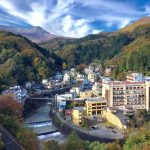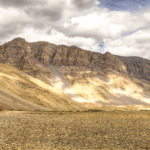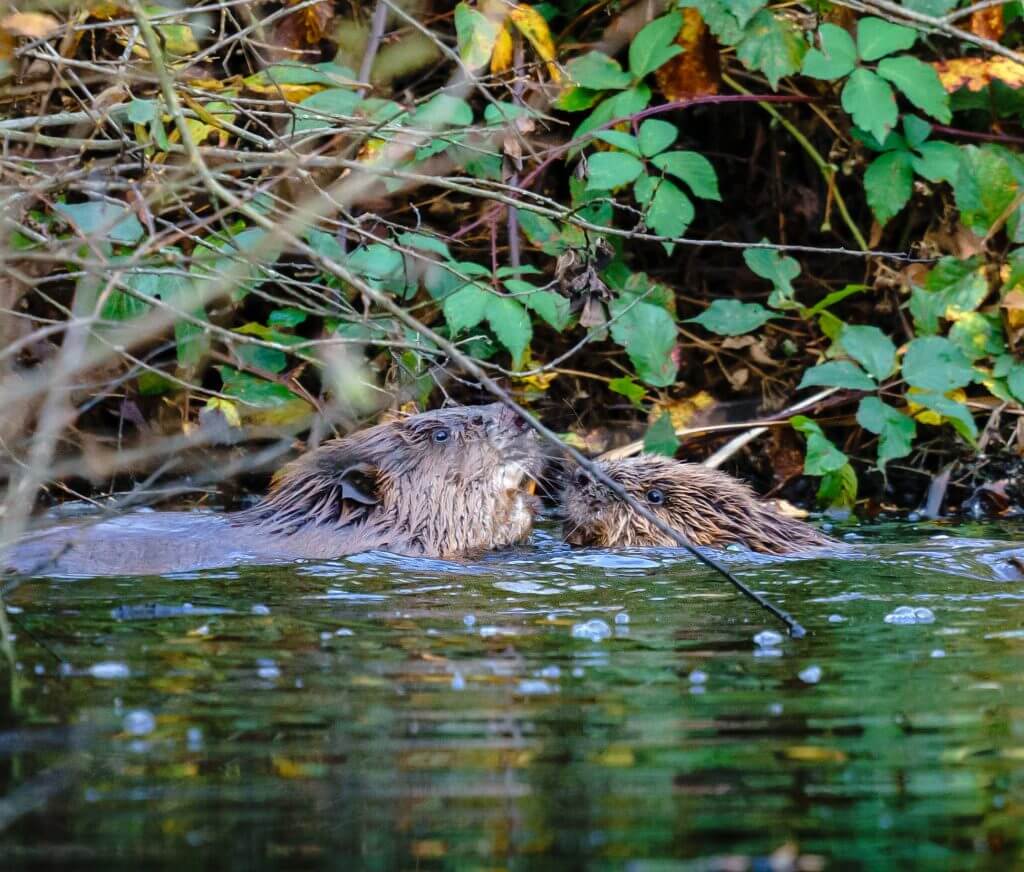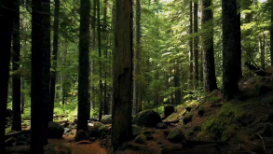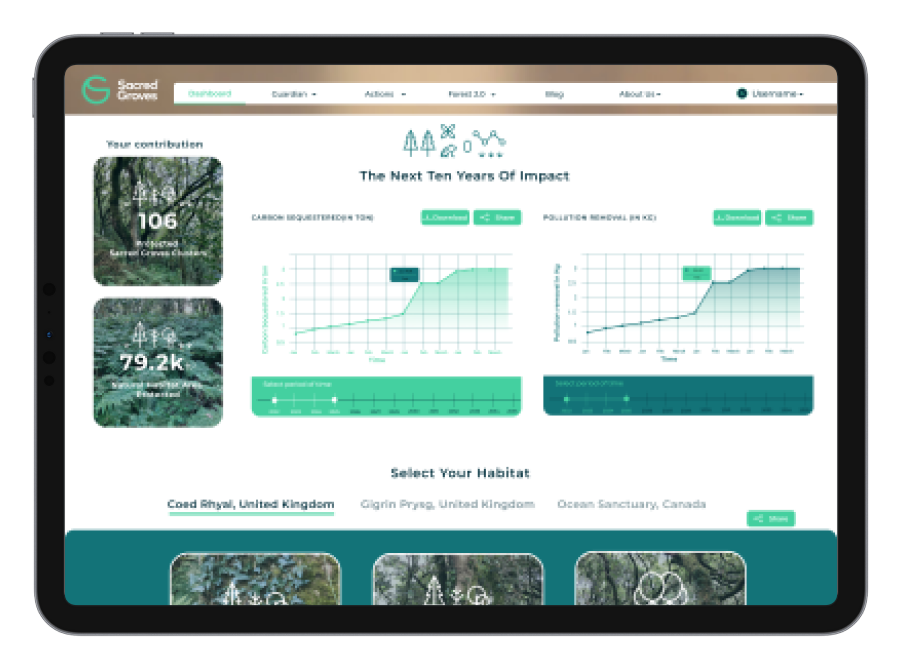England’s Lake District has been home to Arctic charr for more than 10,000 years, yet 30 years ago one lake population was on the verge of extinction. A thoughtful riverine rewilding project has brought this important indicator species back from the brink.
The scars of the ice age may be carved into Cumbria’s sweeping valleys and fells, but that’s not all that remains of the era.
Ennerdale Water, a glacial lake in the western Lake District, is home to England’s last migratory population of Arctic charr. Landlocked here since the ice retreated, now the fish emerge under cover of darkness each November to spawn in the adjoining river instead.
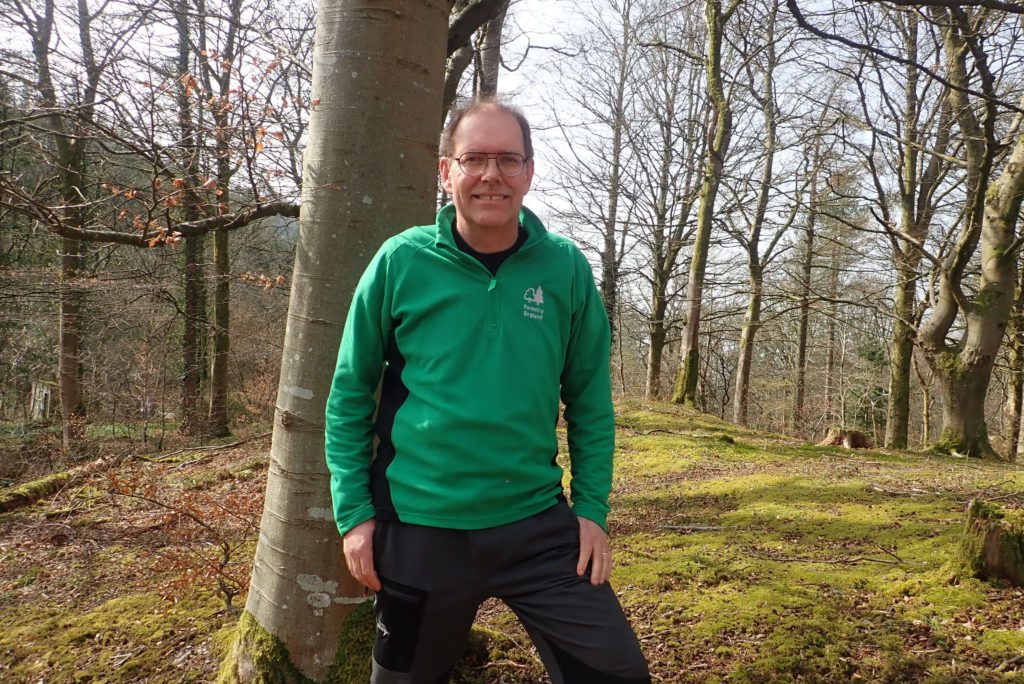
Yet that instinct has proven problematic, exposing this threatened aquatic species to water pollution in an environment where the gravel the fish use as their spawning nests was in short supply. Gareth Browning of Forestry England explains that the Ennerdale population had plummeted to around 20 spawning charr by the end of the 1990s. Having outlasted the glaciers, the charr was about to disappear from the lake forever.
At that point, local landowners stepped in to form the Ennerdale Arctic Charr Restoration project. It remains a collaboration between the Environment Agency, Forestry England and other Wild Ennerdale partners.
Unfortunately, they didn’t know much about the fish at first. “It was very much initially a discovery project,” Browning says – and this was its own challenge and led to a process of trial and error.
The team’s first intervention was to replace a crude pipe bridge on the River Liza, which was blocking water flow, hoping this would once again allow the charr to swim upriver to spawn; disappointingly, however, the population didn’t respond. It took a broader survey to discover a second bridge at Woundell Beck was blocking the flow of gravel for charr nests.
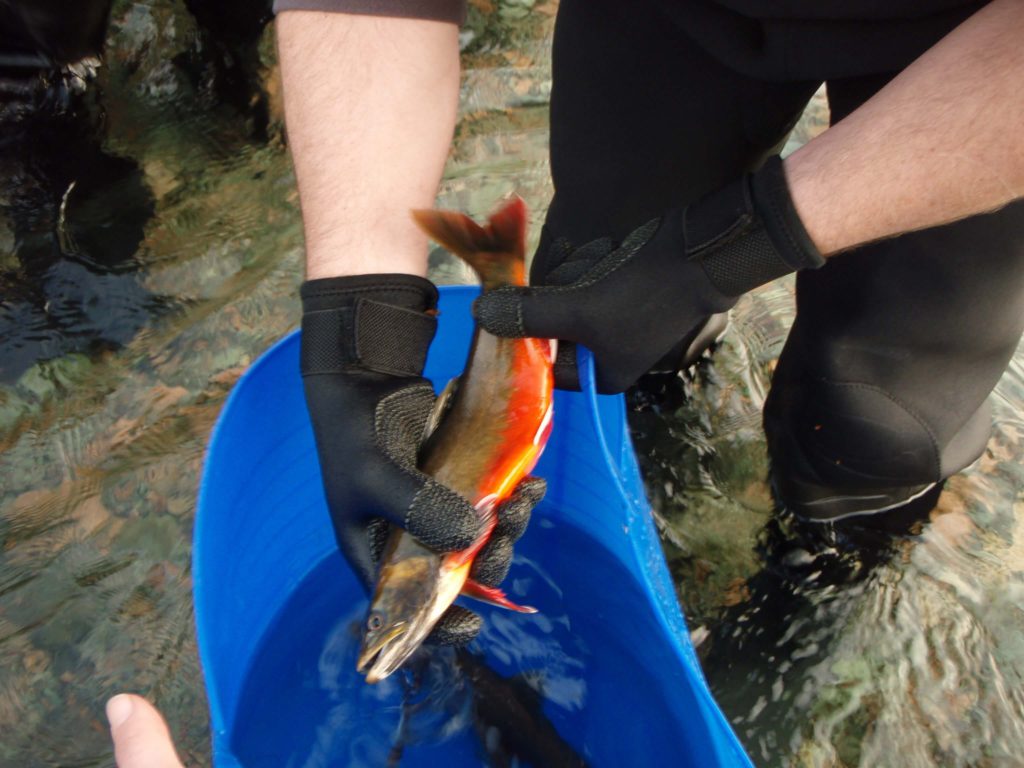
The improved river flow also helped another issue that was threatening the fish: riverine needle litter from the conifers planted beside the water courses after the Second World War. “Conifers are very good at stripping pollution out of the atmosphere,” Browning explains, “but that pollution’s quite acidic.” Allowing the Liza to flow freely reduced these harmful pH spikes as did replacing conifers in the surrounding area with native broadleaves, juniper and heathland. At the same time, the Environment Agency undertook an off-site breeding programme to boost fish stock, taking eggs from local fish, and returning the hatched fry to the River Liza.
In 2020 over 700 charr spawned in the River Liza and other once-threatened species are unexpectedly blooming too, such as the formerly extinct Marsh Fritillary butterfly.
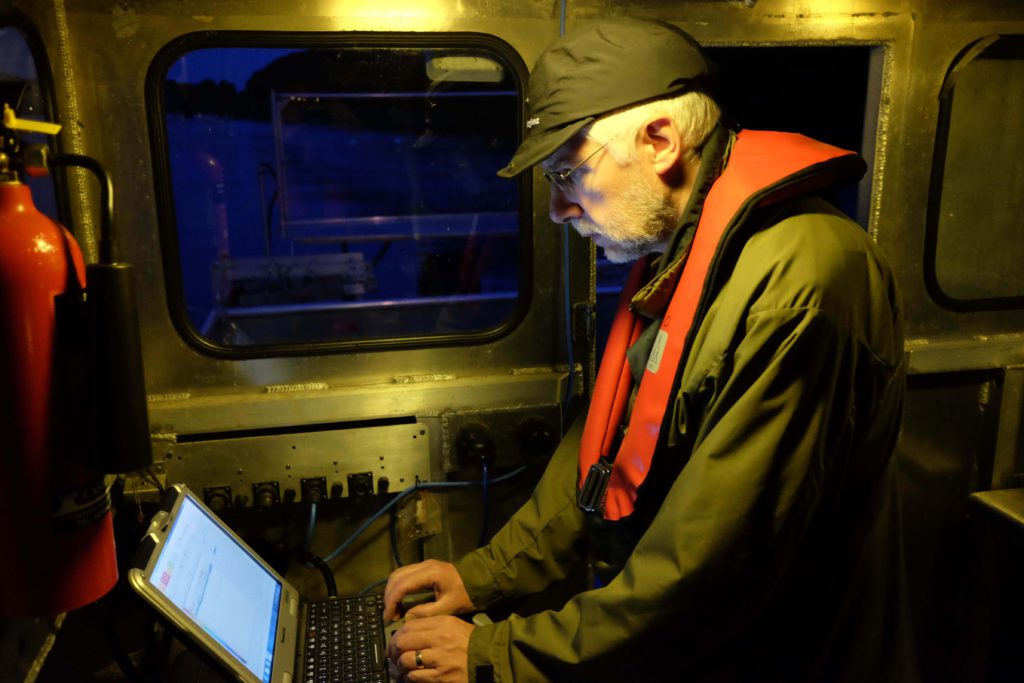
Dr Ian Winfield has studied the link between climate change and the cold-water charr, he believes that tracking the population health of species such as the charr is key to understanding the impacts of climate change. Milder winters, he says, pose a risk to the incubating eggs of a species at the southernmost limit of their natural territory.: “They really need water temperatures similar to those of a domestic fridge in order to survive well,” Winfeld says.
The humble Arctic charr’s fate is also a barometer for the health of the Lake District, a much-prized natural environment that sees 15 million visitors each year. “If the population is doing well then the lake is doing well,” Winfield adds.
Author: Ruth Bushi, The India Story Agency for Sacred Groves
Images Credit: Ennerdale banner image: Kreuzschnabel/ Wikimedia Commons, 1. Gareth Browning, 2. Department for Environment, Food and Rural Affairs, 3. Dr Ian J. Winfield
(Wikimedia License – https://creativecommons.org/licenses/by-sa/4.0/legalcode)
Did you enjoy this article?
Share with friends to inspire positive action.


